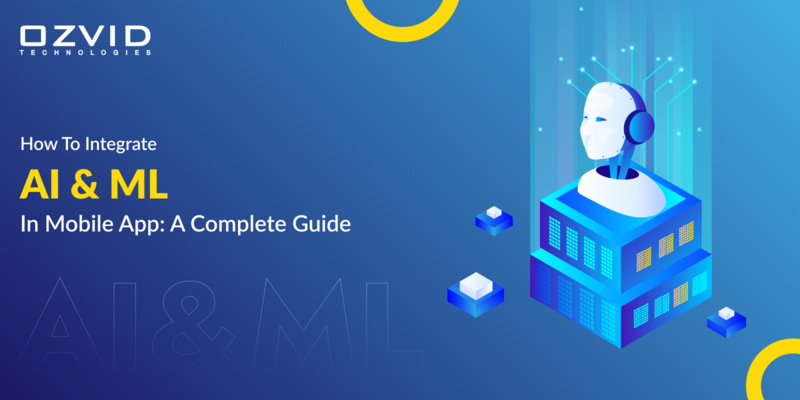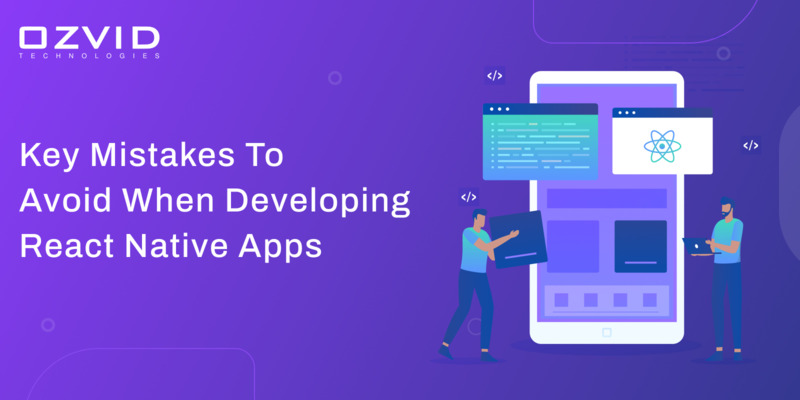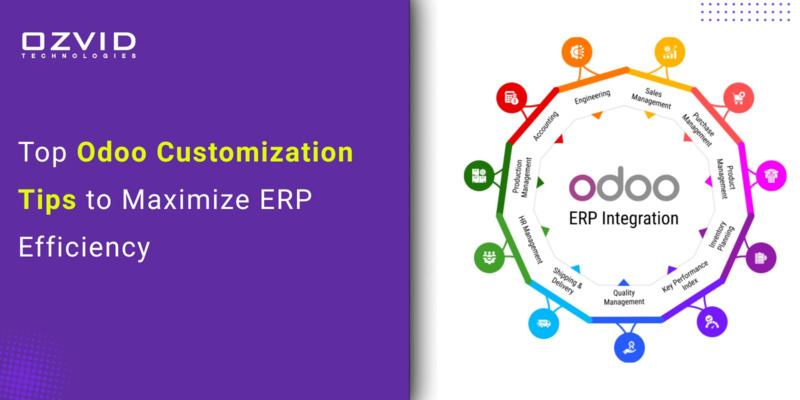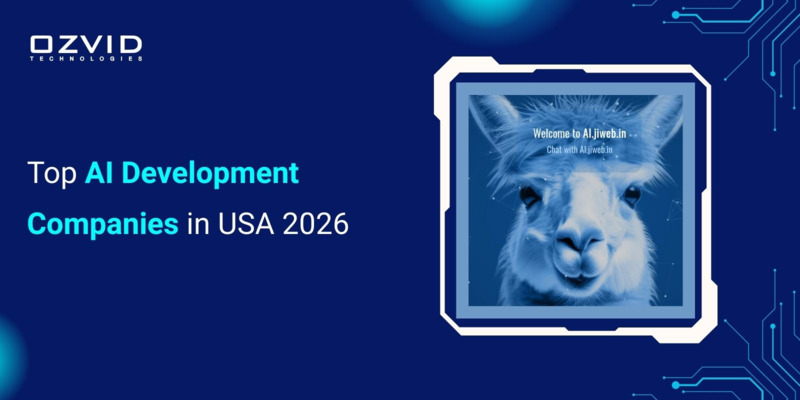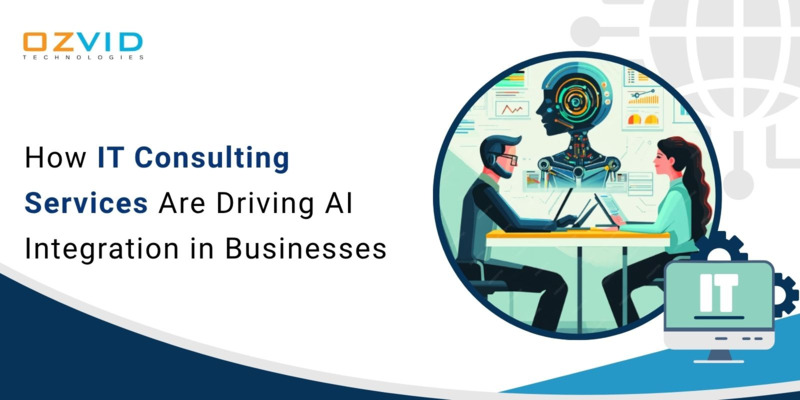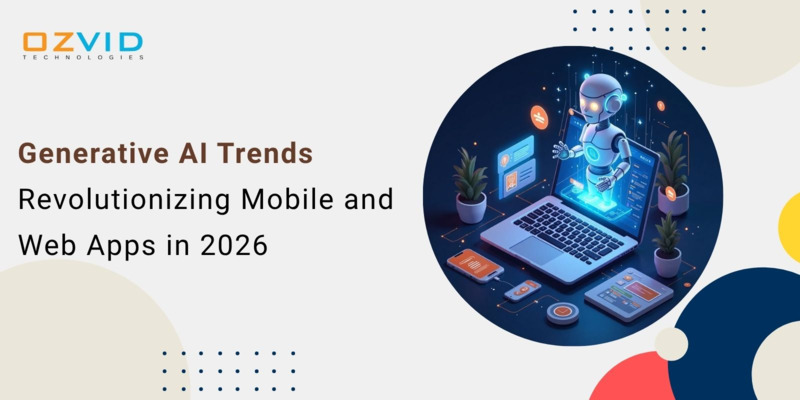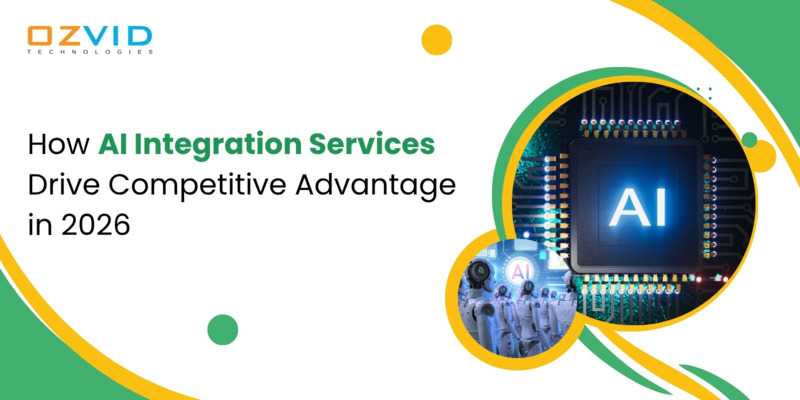- Apr 18, 2025
Share this post on:
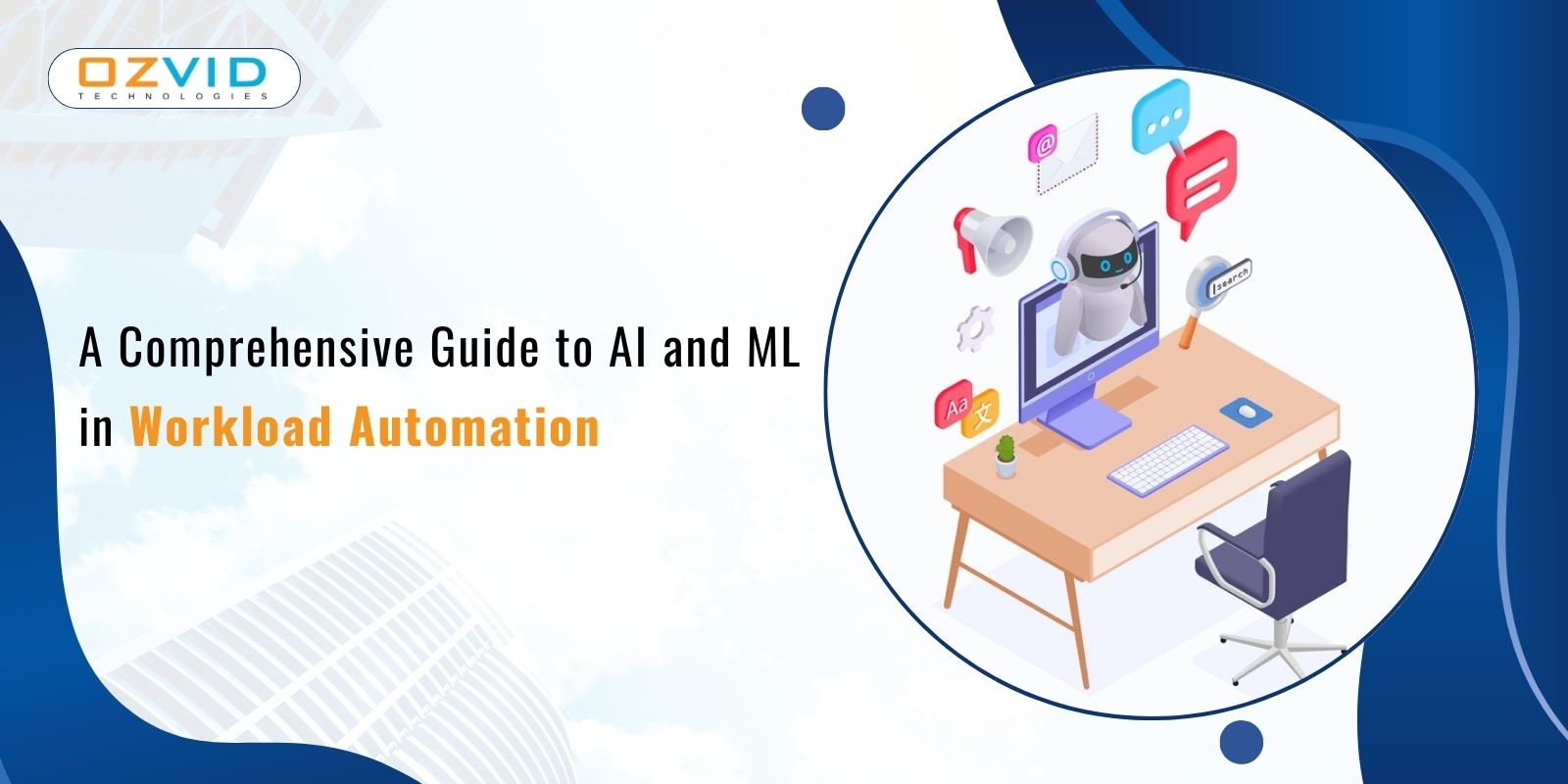
Today, businesses are dealing with tons of information and things are changing quickly. It can be overwhelming! To help manage all of this, companies are using Artificial Intelligence (AI) and Machine Learning (ML). These technologies help automate tasks – meaning they do some of the work for us.This makes things run smoother, helps predict what might happen in the future, helps use resources better, and makes everything work more efficiently.
Key Takeaways:
- AI and ML enhance workload automation by predicting issues, optimizing resources, and improving system performance.
- These technologies ensure intelligent decision-making and enhanced security while automating routine tasks.
- Successful implementation requires careful planning, data preparation, and monitoring.
- Businesses benefit from reduced costs, improved efficiency, and better customer service.
Understanding Workload Automation
Workload automation is a way to automatically handle tasks and jobs within a computer system. It's like setting up a system to do things on its own, so people don't have to do them manually. The goal is to complete these jobs quickly, safely, and without needing someone to constantly supervise. Previously, these automated systems followed a fixed set of rules and times. Now, with the help of Artificial Intelligence (AI) and Machine Learning (ML), these systems are becoming smarter. They can adapt to changing situations, predict potential problems, and improve how well they work.
The Role of AI and ML in Workload Automation
1. Predictive Analytics for Proactive Management:
AI and ML programs look at past data and what's happening right now to predict how much work computer systems will need in the future and if there might be any problems. By spotting trends and unusual activity, these technologies let IT teams manage things ahead of time, so they can fix issues before they cause trouble. For example, ML programs can predict when computer systems will be busiest, allowing IT teams to make sure they have enough resources and avoid interruptions.
2. Intelligent Resource Allocation:
Managing resources well is important for keeping computer systems running smoothly. Systems that use AI to automate tasks can adjust resources based on what’s needed at the moment. By learning how things are used, these systems can provide more resources when needed and reduce them when things are quiet, which saves money and improves efficiency.
3. Automated Incident Detection and Resolution:
AI and ML can help solve problems faster by automatically finding unusual activity and taking steps to fix it. By constantly watching system records, data, and how people use the system, AI can spot irregularities that might signal a problem. If something is detected, the system can automatically take steps to fix it or notify IT staff to investigate further.
4. Enhanced Security Measures:
Keeping systems secure is very important when automating tasks. AI and ML help by looking at patterns in network activity, how people use the system, and who's accessing what. By noticing anything unusual, these technologies can find and respond to security threats faster than older methods.
5. Optimizing Performance Monitoring:
Checking how well applications and systems are performing is key to making sure users are happy. AI and ML provide detailed information to monitor performance, spot trends, and predict potential problems. This helps IT teams make smart decisions about how to improve systems and enhance the experience for users.
6. Automating Testing and Quality Assurance:
In the software development lifecycle, AI and ML automate testing processes by generating and executing test cases based on code changes. This ensures that new updates do not introduce defects, maintaining the integrity of applications. By analyzing past test results, AI can prioritize testing efforts, focusing on areas with a higher risk of failure.
7. Facilitating Intelligent Decision-Making:
AI and ML can sift through large amounts of data to find useful information, helping to make better decisions. When it comes to automating tasks, means understanding how workloads are used, predicting future needs, and making adjustments on the spot to improve performance. By using these technologies, organizations can make sure their IT operations support their business goals, making them more flexible and quick to respond.
Implementing AI and ML in Workload Automation
Integrating AI and ML into workload automation involves several key steps:
Assess Current Workflows: Evaluate existing processes to identify areas where AI and ML can add value, such as automating repetitive tasks or enhancing decision-making.
Select Appropriate Tools: Choose AI and ML tools that align with organizational goals and integrate seamlessly with existing systems.
Data Preparation: Ensure that data is collected, cleaned, and structured appropriately for training ML models, as data quality is critical for effective AI implementation.
Model Training and Testing: Develop and train ML models using historical data, and rigorously test them to validate their accuracy and reliability.
Deployment and Monitoring: Implement AI-driven solutions in production environments, continuously monitoring their performance and making adjustments as necessary.
Challenges and Considerations
While the benefits of AI and ML in workload automation are substantial, organizations should be mindful of potential challenges:
Data Privacy and Security: Handling sensitive data requires strict adherence to privacy regulations and robust security measures to prevent breaches.
Integration Complexity: Incorporating AI and ML into existing systems can be complex, requiring careful planning and execution to ensure compatibility.
Skill Requirements: Developing and maintaining AI and ML solutions necessitates specialized skills, which may require training existing staff or hiring new talent.
Cost Implications: Initial investments in AI and ML technologies can be significant, necessitating a clear understanding of the return on investment.
Future Outlook
Using Artificial Intelligence (AI) and Machine Learning (ML) with workload automation isn’t just a temporary trend – it's a smart way to make IT systems work better, stay secure, and become more intelligent. As these technologies improve, they’re going to provide even more advanced solutions to tough challenges. Businesses that use AI and ML to automate their tasks will be better prepared to handle changes in the market, use resources effectively, and provide great service to their customers.
Conclusion
AI and ML are revolutionizing workload automation by enabling businesses to operate more efficiently while reducing costs. From predictive analytics to dynamic scaling, these technologies offer immense potential for optimizing workflows across industries.For organizations looking to implement AI/ML-driven workload automation effectively, partnering with experts is crucial.
OZVID Technologies specializes in cutting-edge solutions tailored to meet unique business needs. With a proven track record in delivering innovative automation services, we can help you unlock the full potential of AI and ML in your operations. Invest in our services today, and embrace the future of workload automation with OZVID Technologies. Contact today.
FAQ's
Q1. What is workload automation and how do AI and ML improve it?
Workload automation is the process of scheduling, managing, and executing tasks and workflows across different systems and applications without manual effort. When AI (Artificial Intelligence) and ML (Machine Learning) are added, the automation becomes smarter. These technologies help predict system behavior, detect issues early, and make real-time decisions. This means businesses can reduce errors, save time, and run operations more efficiently with minimal human involvement.
Q2. Why should businesses use AI and ML in workload automation?
Using AI and ML in workload automation helps businesses become faster and more reliable. These technologies analyze data patterns, learn from past performance, and adjust workflows automatically. This helps prevent delays, manage resources better, and reduce downtime. As a result, businesses can improve productivity, cut costs, and make better use of their IT systems, all while staying ahead in a competitive market.
Q3. What are some real-world examples of AI and ML in workload automation?
In real-world scenarios, many companies use AI and ML to manage IT operations, monitor server performance, and automatically assign tasks based on workload. For example, e-commerce platforms use AI to handle large volumes of data during sales events, while banks use ML to schedule and monitor financial transactions securely. These smart systems can detect issues before they happen, recommend fixes, and ensure that all tasks are completed on time.
Q4. Is it expensive to implement AI and ML in workload automation?
While the initial setup may require some investment, using AI and ML in workload automation is cost-effective in the long run. These technologies reduce the need for manual work, minimize errors, and improve overall efficiency. Businesses save time and resources by automating routine tasks, and they also avoid downtime and costly mistakes. Plus, many solutions are scalable, so companies can start small and expand as their needs grow.


